
CNBC has released its “2023 Top States for Business” publication which ranks states based on 10 broad categories of competitiveness. This year, Illinois ranked in the top 10 in the nation for four categories of competitiveness, and six categories in the top 20. Illinois is ranked the 17th best state for business, rising ahead two spots from the 2022 ranking and up from 30th in the 2019 ranking.
The report ranked Illinois:
• #2 in the nation for infrastructure (up from #3 in 2022)
• #2 in the nation for education (up from #6 in 2022)
• #6 in the nation for access to capital (up from #8 in 2022)
• #9 in the nation for cost of living (up from #20 in 2022)
“I couldn’t be prouder that we’re outpacing more and more states, and now CNBC has ranked Illinois number two in the nation for both infrastructure and education,” said Governor JB Pritzker. “Over the last four years, our Rebuild Illinois Capital Plan has been modernizing our transportation systems. Our higher education institutions have become more affordable and have risen in college rankings. We’ve invested historic levels of funding into early childhood education and K-12 schools which now rank 6th in the nation by US News and World Report. Illinois is improving our economic prospects by focusing on the long term. Here’s to continued improvement in 2024.”
“Illinois stands out as one of the best states in the nation, and as leaders, we know it is the people who make our state so great,” said Lt. Governor Juliana Stratton. “Since day one, our administration has been committed to the work that ensures Illinoisans can thrive so we can go even further together. By investing in our schools, infrastructure, and businesses, we are championing an Illinois that soars to greater heights.”
Through the landmark $45 billion Rebuild Illinois initiative, Illinois has made unprecedented investments to modernize roads, bridges, airports, and ports – resulting in the complete renovation of more than 5,300 miles of highway and almost 500 bridges, as well as more than 750 accessibility and safety improvements.
Illinois has long been known for its superior infrastructure, boasting top freight access, miles of interstate highway, and accessibility to 80 percent of locations in the continental U.S. within four hours through Illinois’ superior airports. Over the next six years, Illinois will invest an additional $13.96 billion to continue its full-scale infrastructure revitalization that will enhance all modes of transportation across the state.
Additionally, the Pritzker Administration has prioritized sustained year-over-year investments in education from cradle to career. Most recently passing Smart Start Illinois, building upon the state’s strong educational foundation by ensuring students have access to high-quality early education for generations to come.
Governor Pritzker’s administration has overseen the largest early childhood investments in state history, totaling in over $1 billion to support early childhood care and education. Smart Start Illinois begins a major push across birth-to-five programs, which includes:
- Pre-school expansion to eliminate preschool deserts and cover every child
- Improve early intervention services to allow thousands of children to overcome developmental challenges
- Enhance Illinois’ nation-leading home visiting program
- Raises for early childhood workers and providers
Illinois ranks sixth in the nation in K-12 education, with funding being increased this year by an additional $525 million, including $350 million for evidence-based funding and $45 million for the first year of an innovative three-year pilot program to fill teacher vacancies.
Governor Pritzker has also increased MAP Grant and AIM High funding to a record-breaking, all-time high of more than $750 million, making it possible for nearly every eligible student at or below median income to attend community college for free.
“Thanks to Governor Pritzker and the General Assembly, Illinois has stronger business attraction incentives than ever before and the state is building momentum,” said DCEO Director Kristin Richards. “Combined with our world-class infrastructure, superior education system, and a reasonable cost of living, Illinois continues to grow its economy and improve quality of life for Illinoisans.”
In addition to Infrastructure, Education, Access to Capital and Cost of Living, Illinois ranked among the top 20 states for Life, Health, and Inclusion (17th) – which measures quality of life metrics such as health care, worker protection, voting rights and other data points. Illinois also ranked 14th for Technology & Innovation, which looks at the number of patents, research and similar measures.
The positive rankings in key competitive categories come as Illinois is experiencing a record-setting year for economic development, including ranking #2 in the nation for corporate investment and #1 for workforce development in the Midwest by Site Selection Magazine. Illinois also shattered its record for film production spending (nearly $700 million) and reached an all-time high for hotel revenues in FY23.
Additionally, Illinois reached $1 trillion GDP for the first time in 2022 and nearly tripled companies’ capital investments through EDGE agreements from 2019 pre-pandemic levels to $1 billion in 2022.
Over the past several years, Illinois has launched new business attraction incentives while making improvements to its existing suite. Recent programs and improvements to business attraction include:
- Invest in Illinois Fund: $400 million closing fund provides discretionary grant assistance for large projects with significant job creation and capital investments.
- Reimagining Energy & Vehicles Illinois (REV Illinois): Up to 100% income tax withholding for new jobs created in the EV/clean energy manufacturing sectors, among other benefits.
- Economic Development for a Growing Economy (EDGE) Program: With more than $1 billion in investment from companies receiving EDGE credits in 2022, EDGE is Illinois’ premier incentive program. EDGE provides competitive tax incentives to businesses in all industries locating or expanding in Illinois.
- Data Centers Investment Program: Provides qualifying data center owners and operators with highly competitive exemptions from a variety of state and local taxes.
- Enterprise Zones (EZ) and High Impact Business (HIB): Enterprise Zones provide various benefits including building material sales tax exemptions, utility tax exemptions (natural gas and electricity), and investment tax credits.
- Manufacturing Illinois Chips for a Real Opportunity (MICRO): Provides incentives for manufacturers of microchips and semiconductor parts for job creation/retention benefits, training cost benefits, credits for construction jobs, and investment credits.
HOW CAN YOUR COMPANY LEVERAGE THIS SUCCESS?
As the non-profit organization charged with leading economic development in Lake County, Illinois, we are positioned to provide free tools, connections, incentives and insights to help your business grow. The Chicagoland region has celebrated tremendous success and national recognition in recent years, and it is the perfect time to capitalize on the momentum. Connect with us here to see how we can help you tap into resources offered by our partners, including the Illinois Department of Commerce and Economic Opportunity. This post was adapted from this press release.
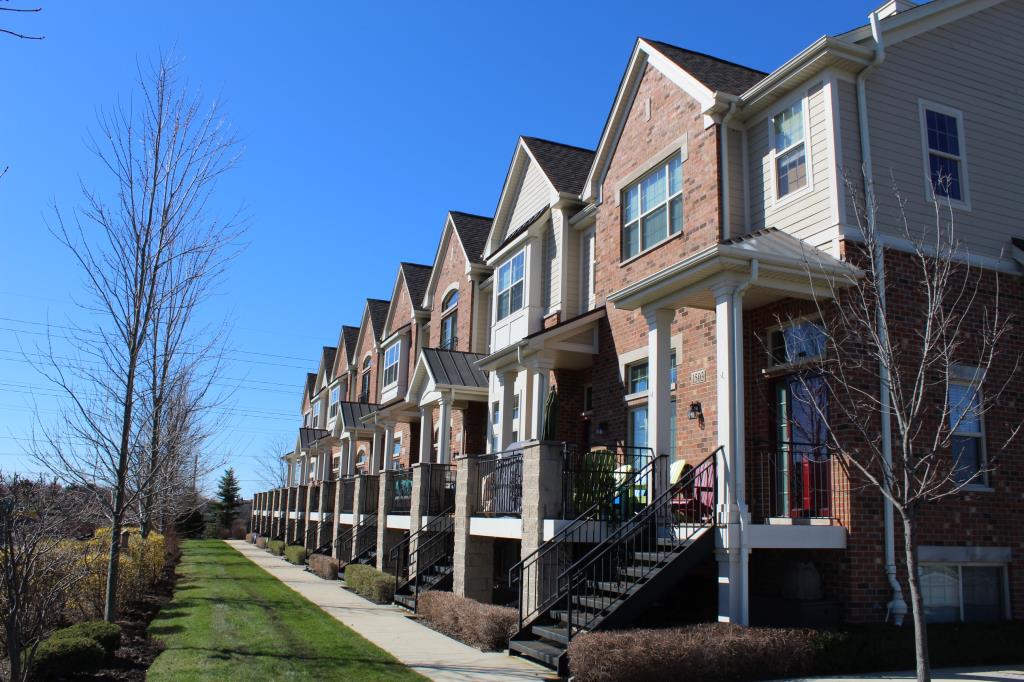
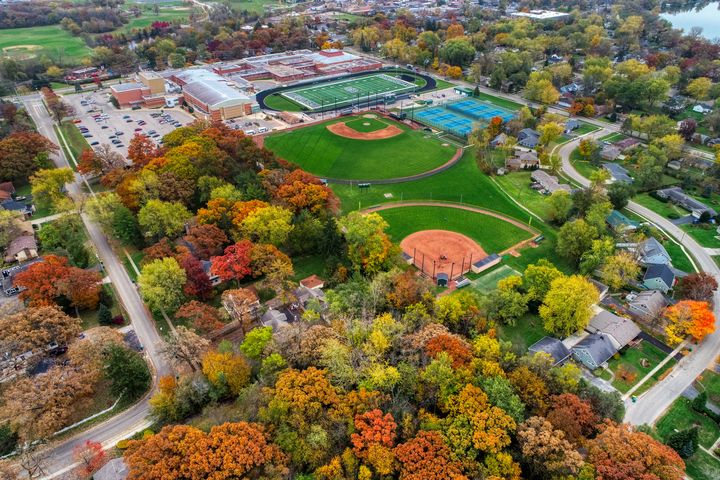

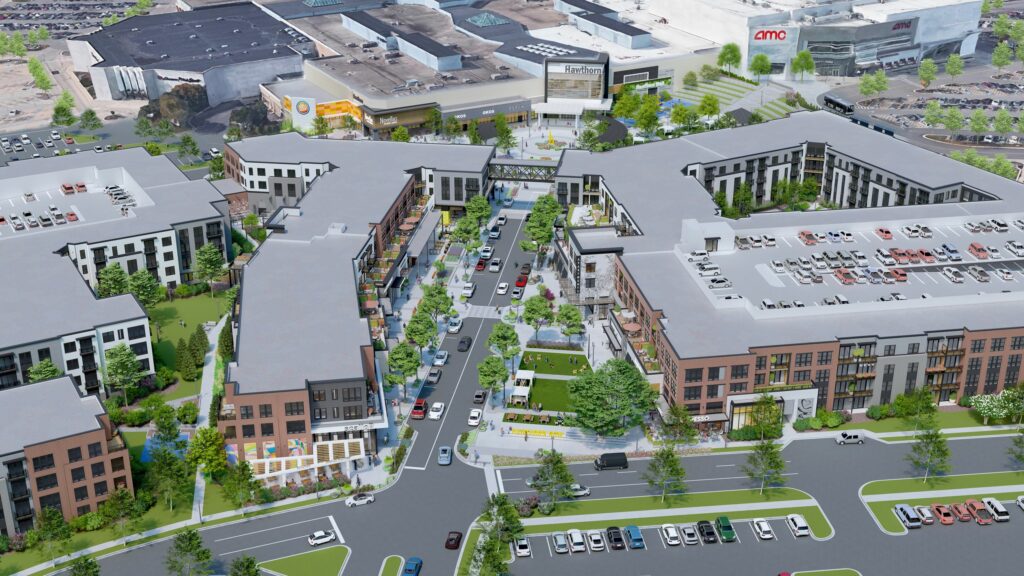


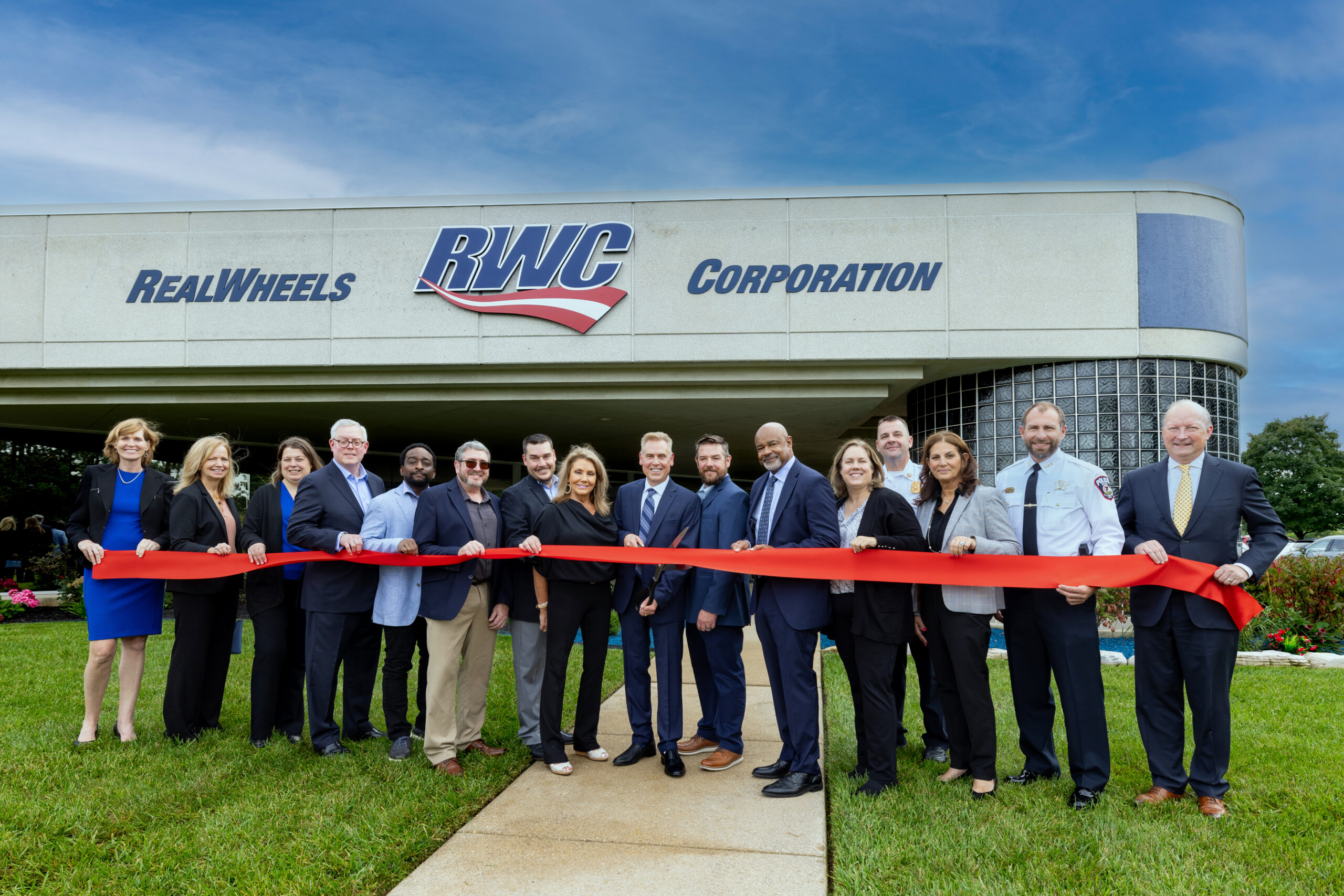
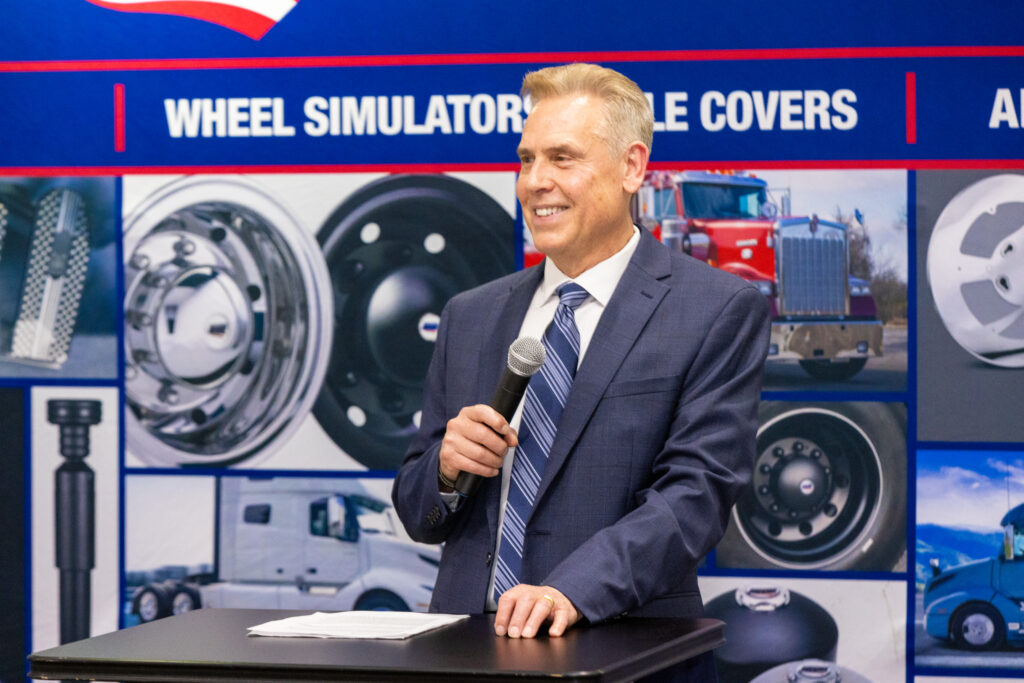
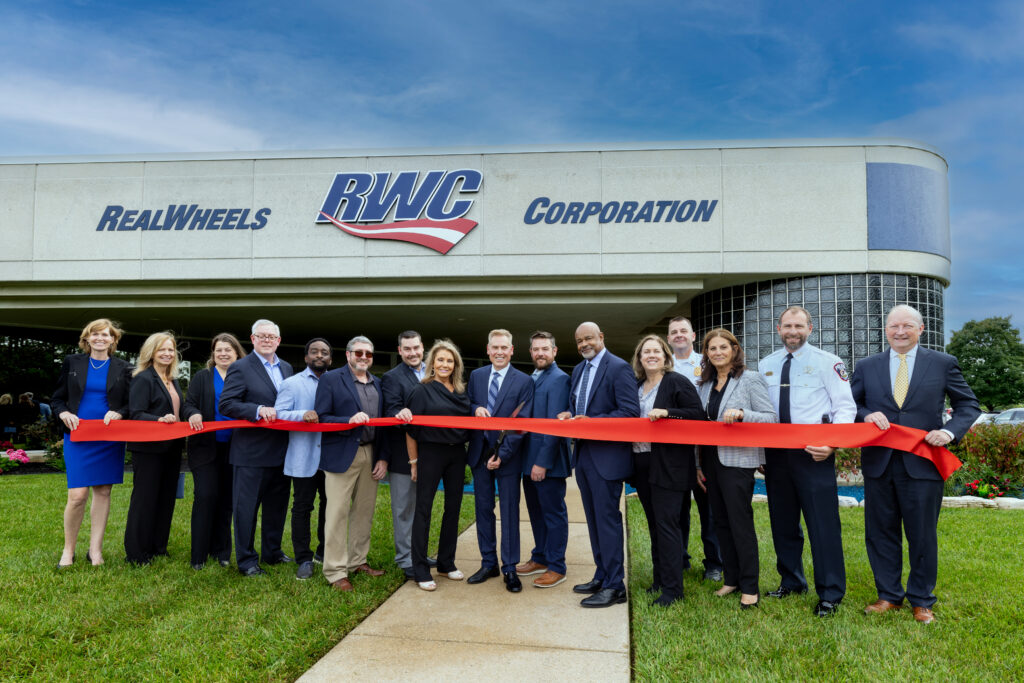
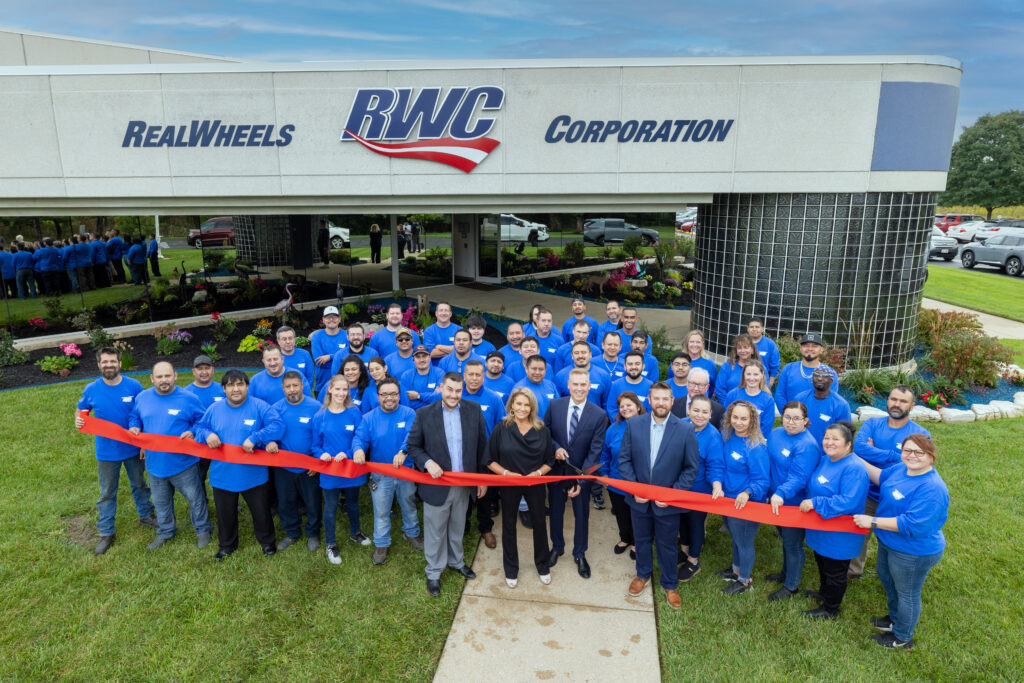
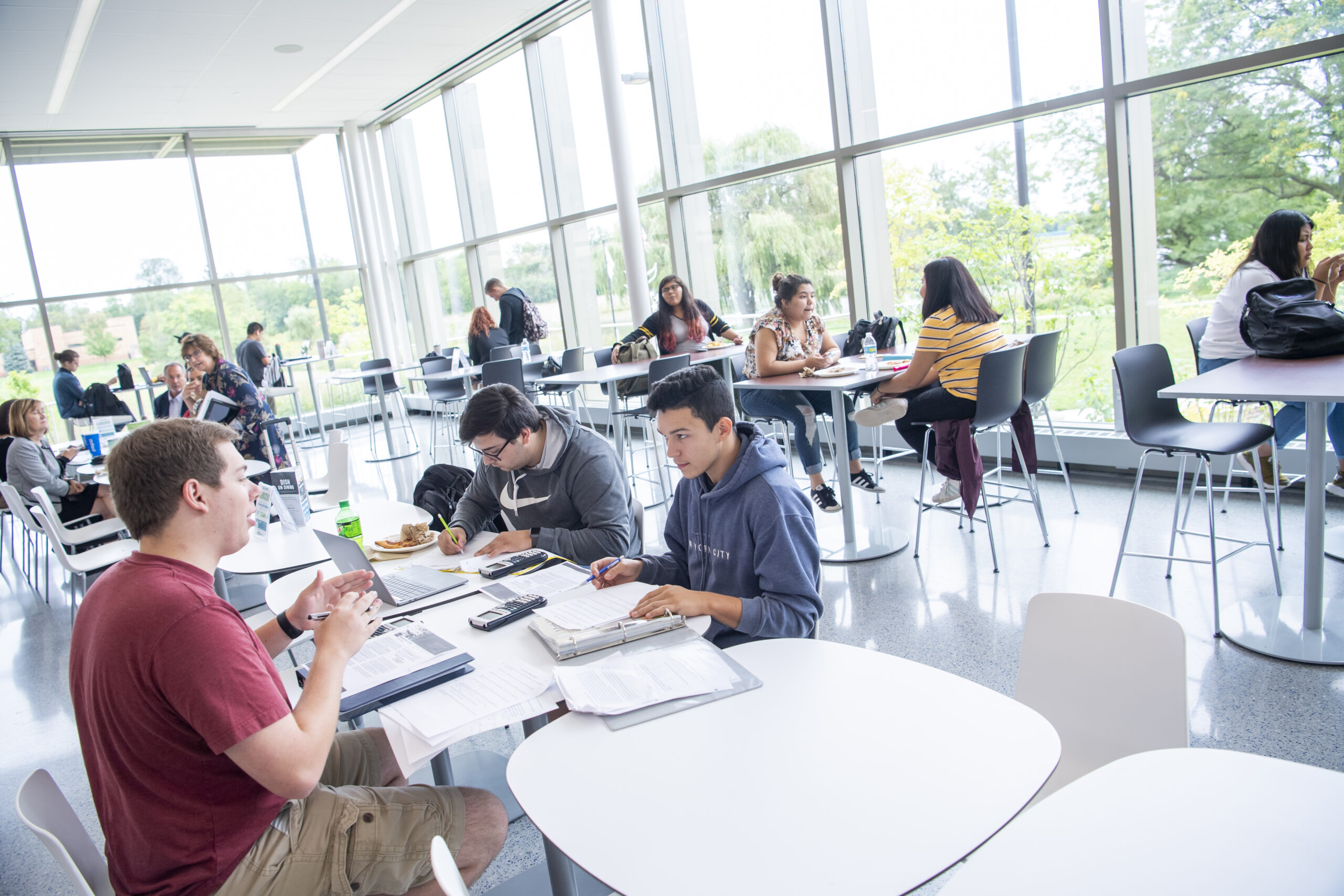

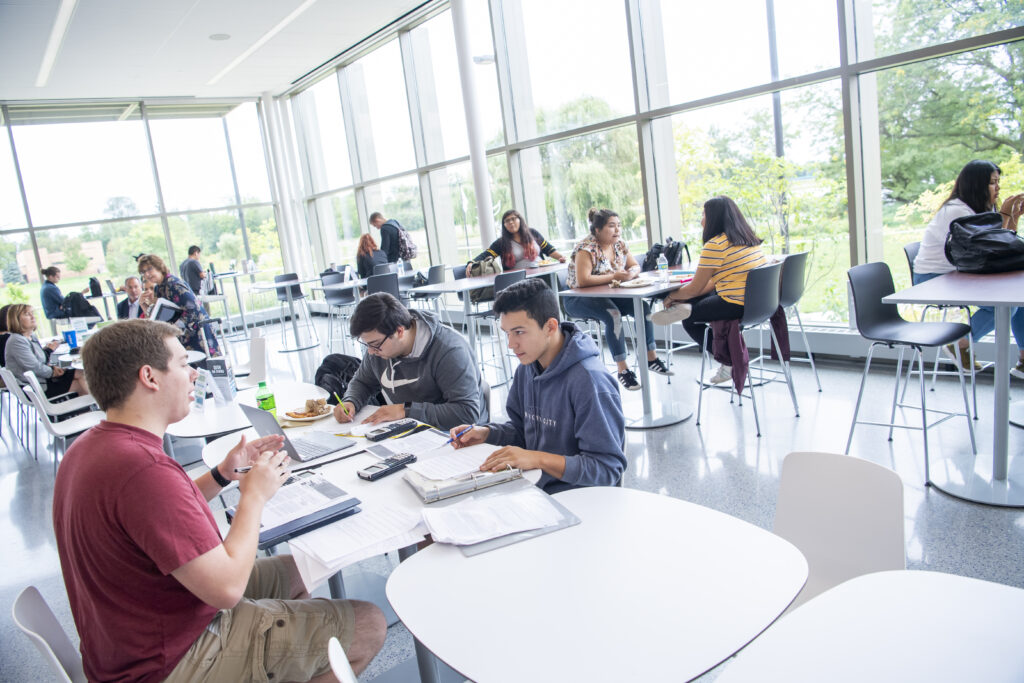
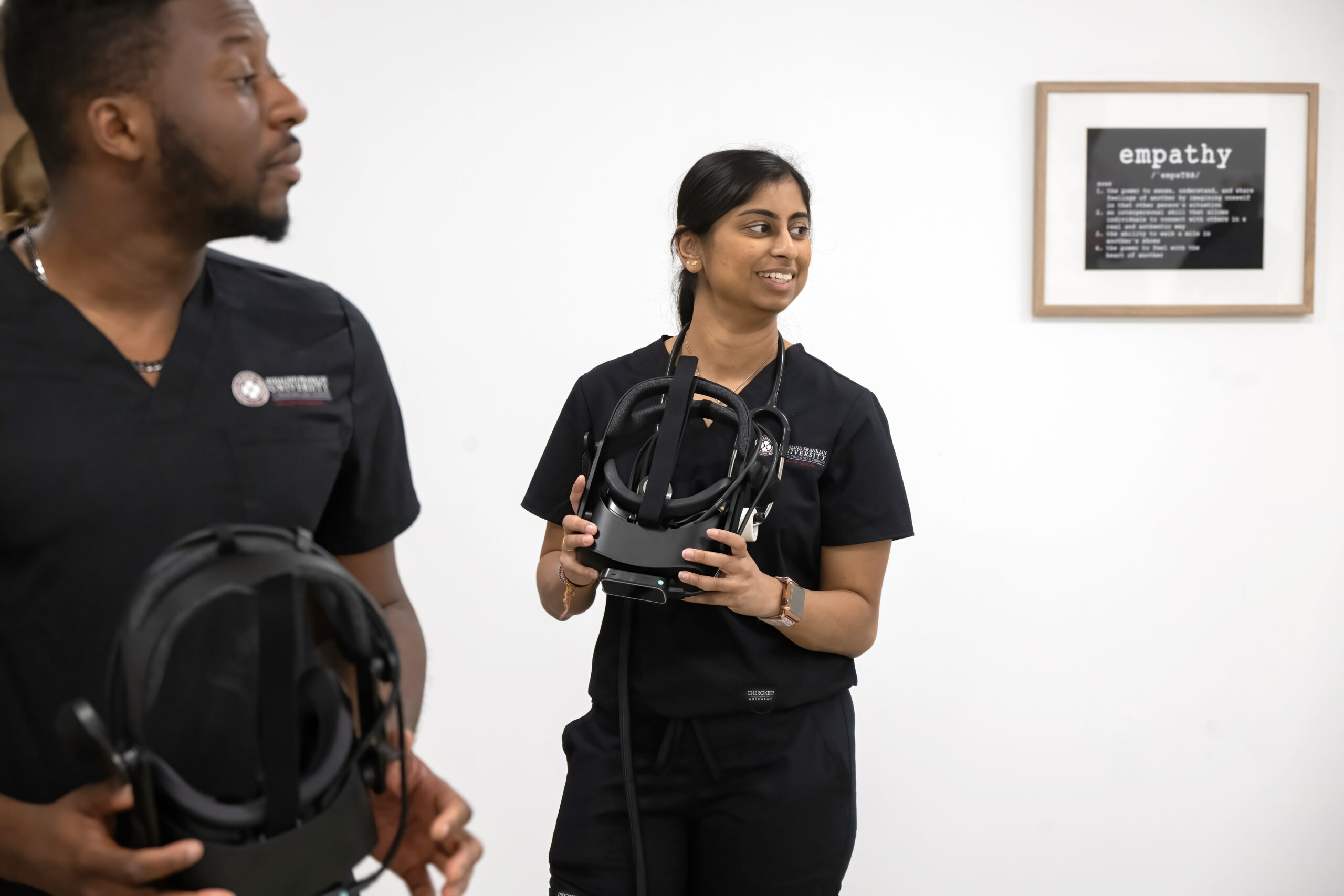
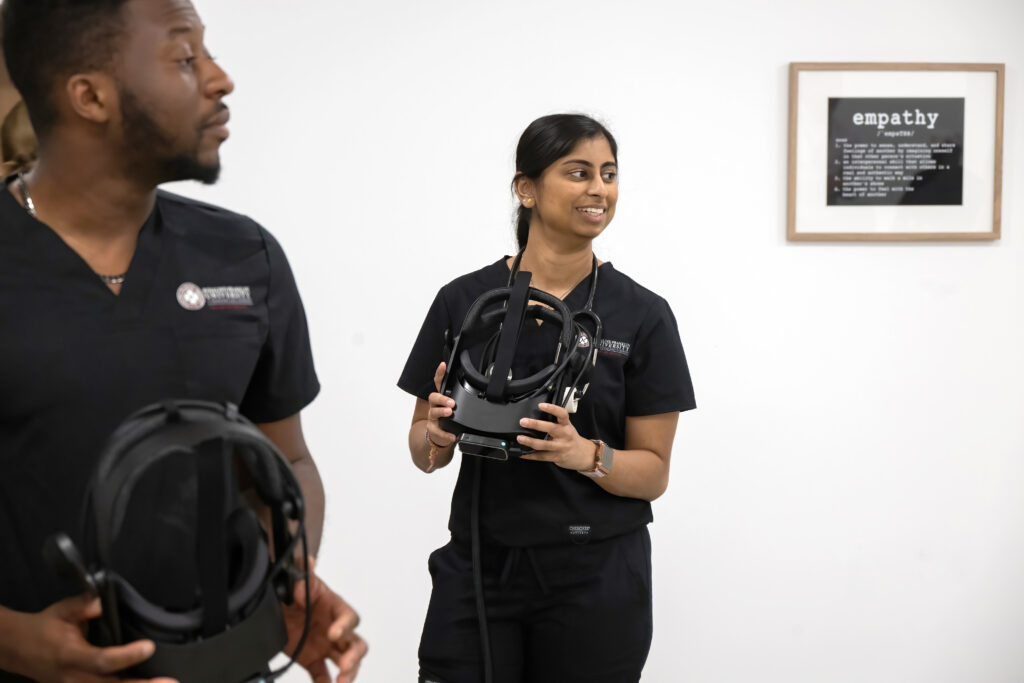
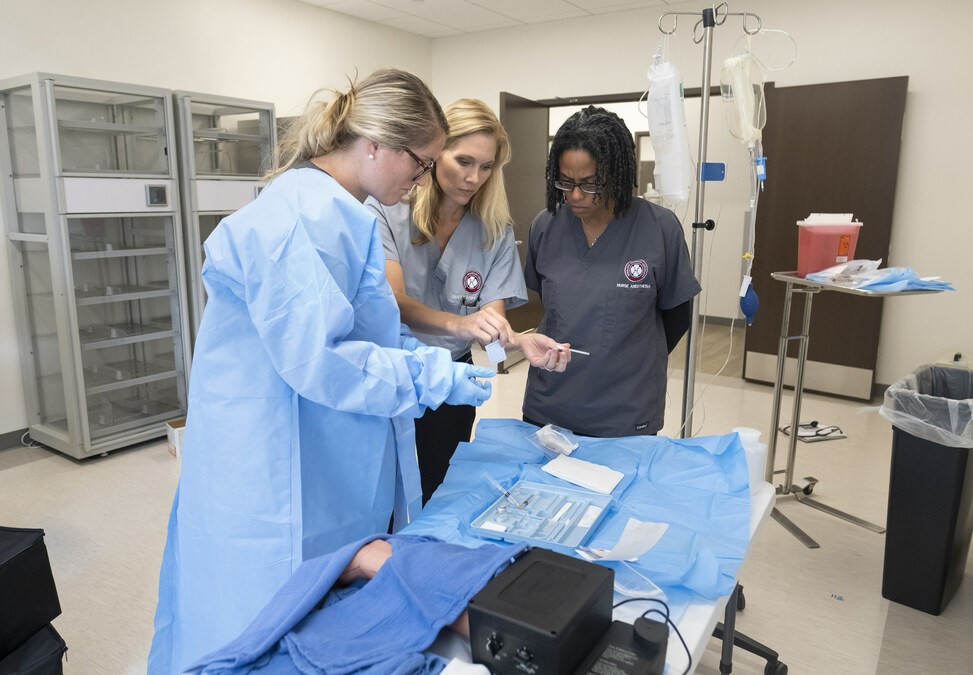
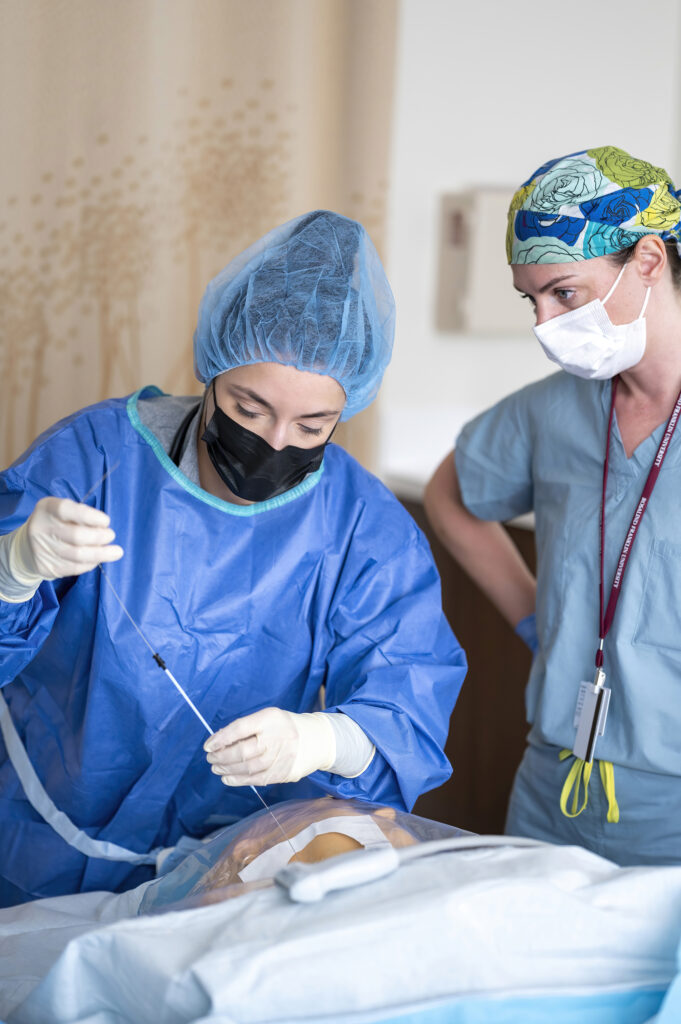
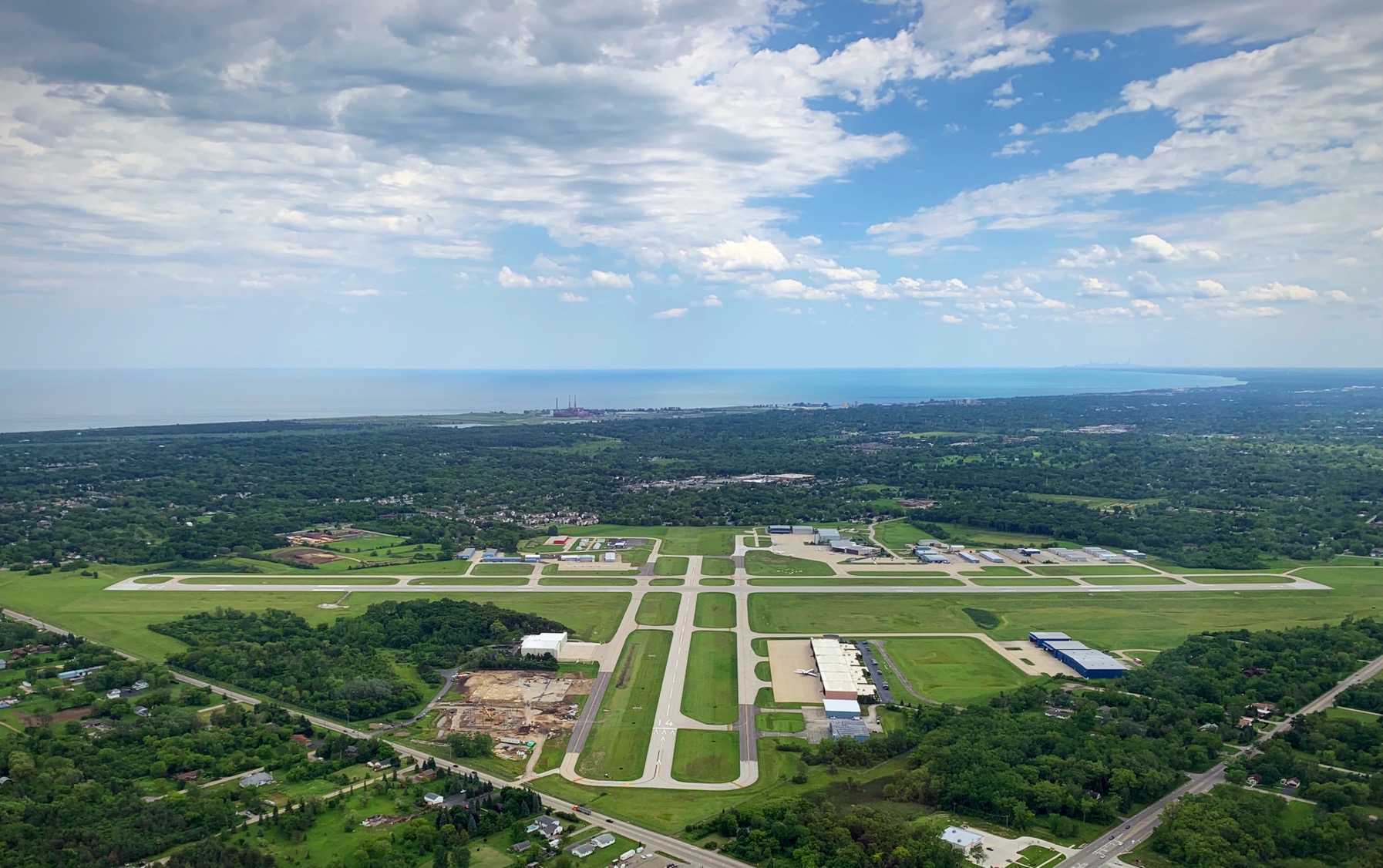
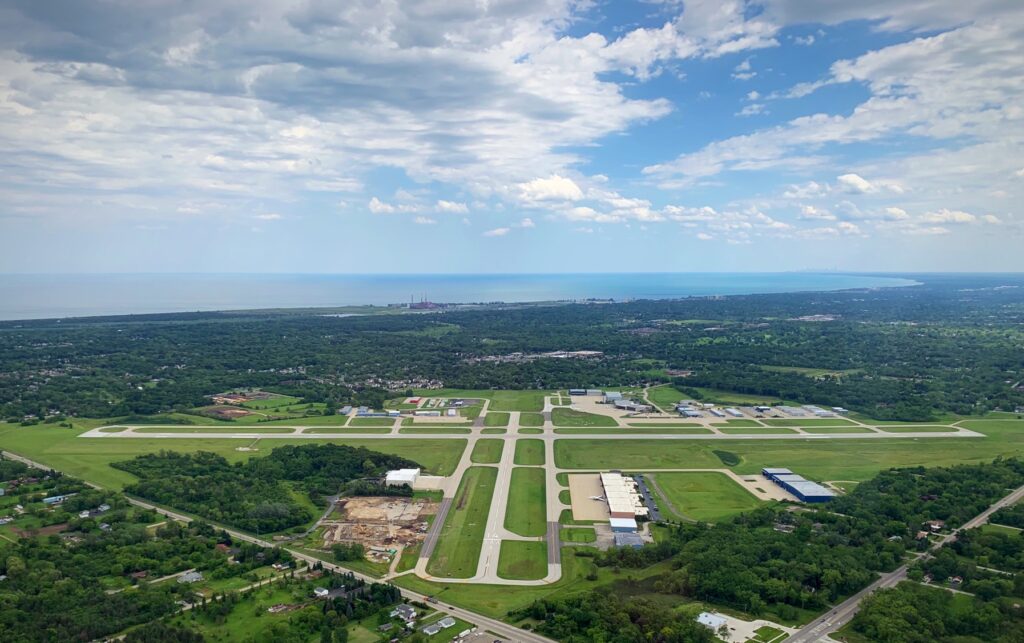



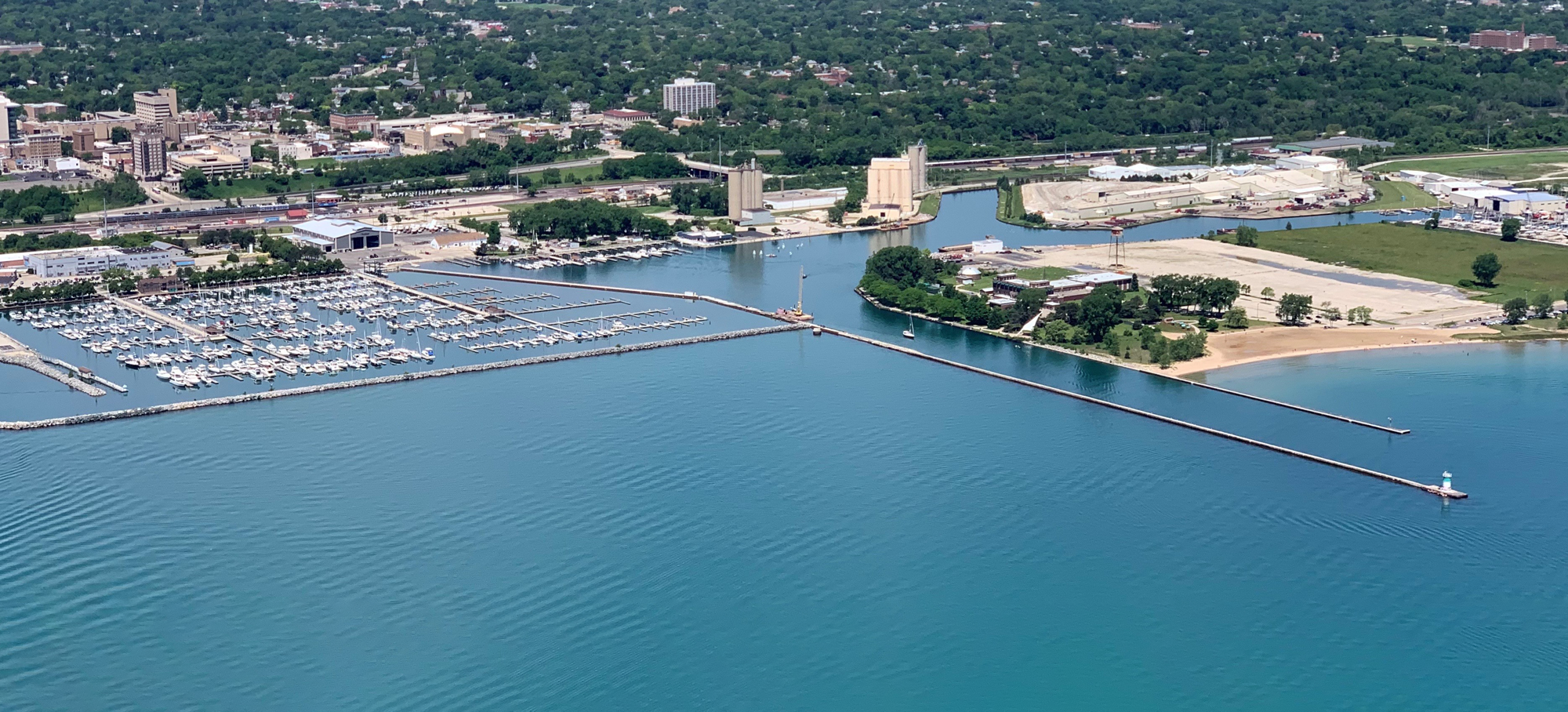
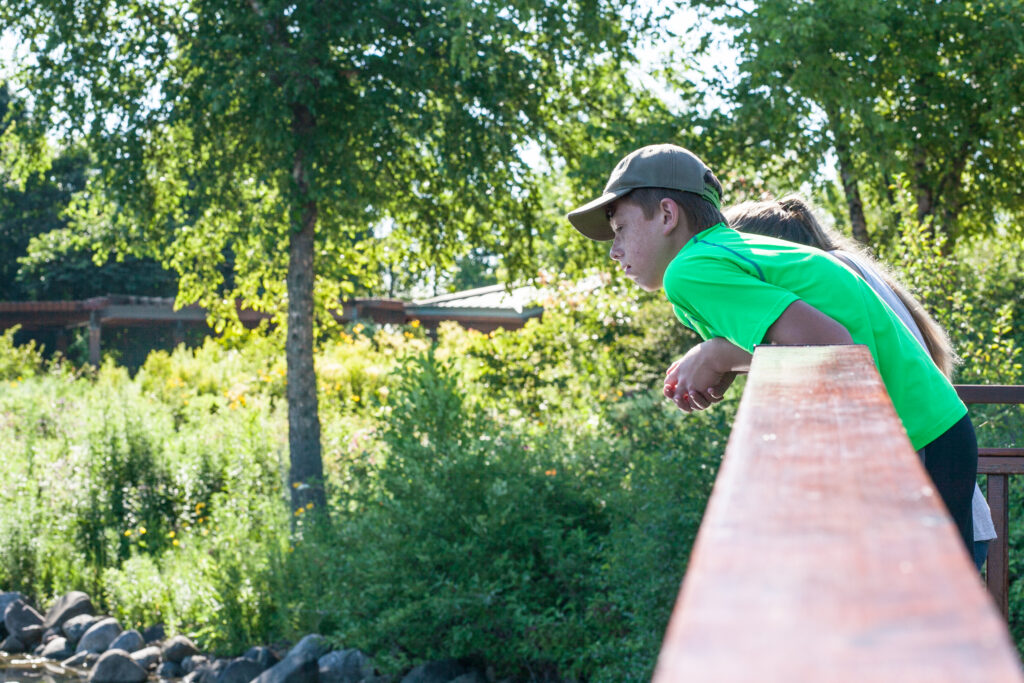
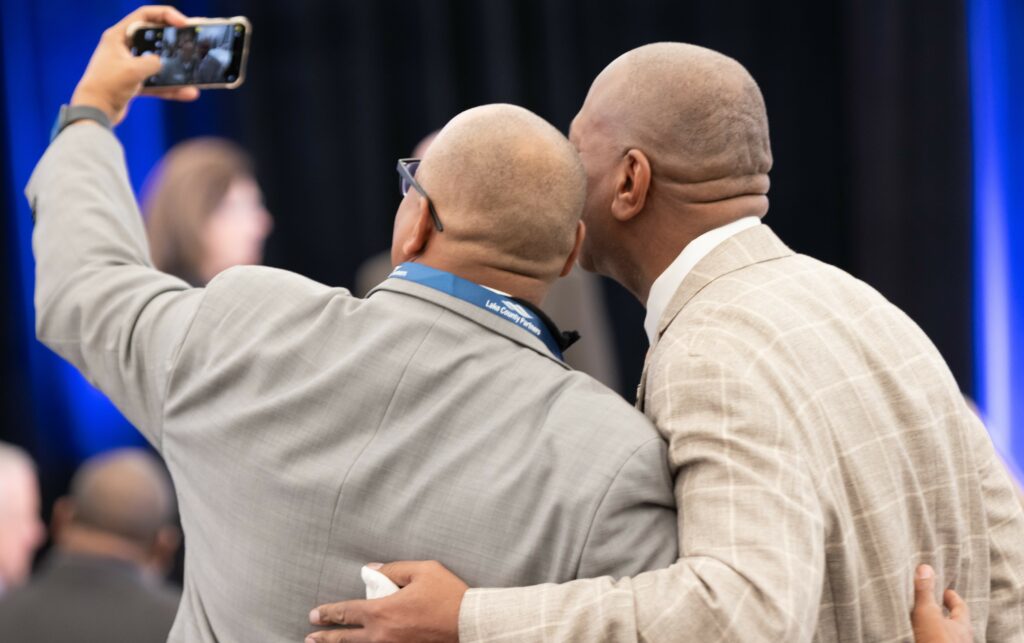
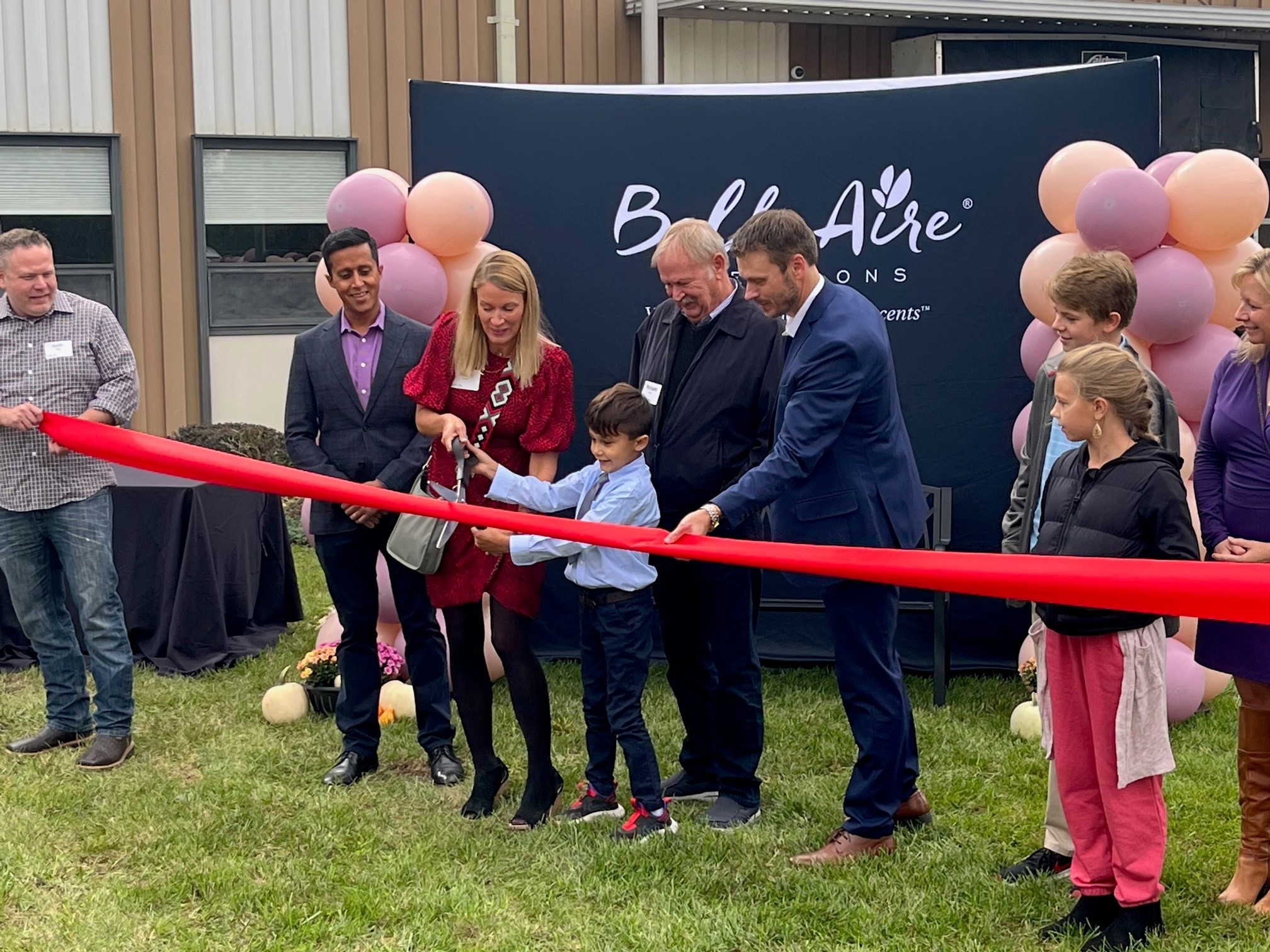




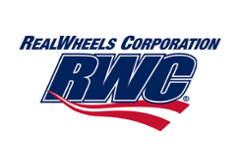

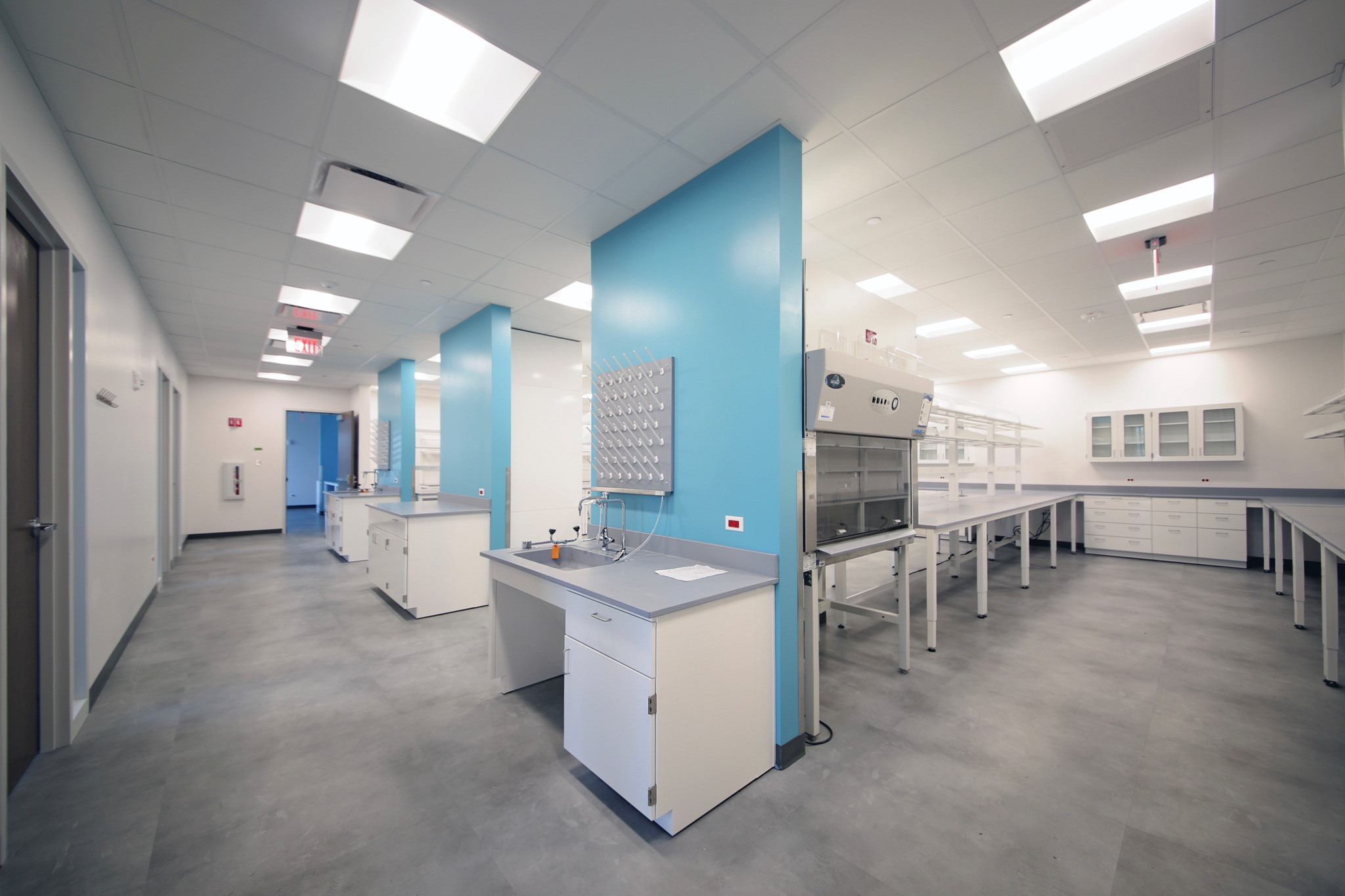
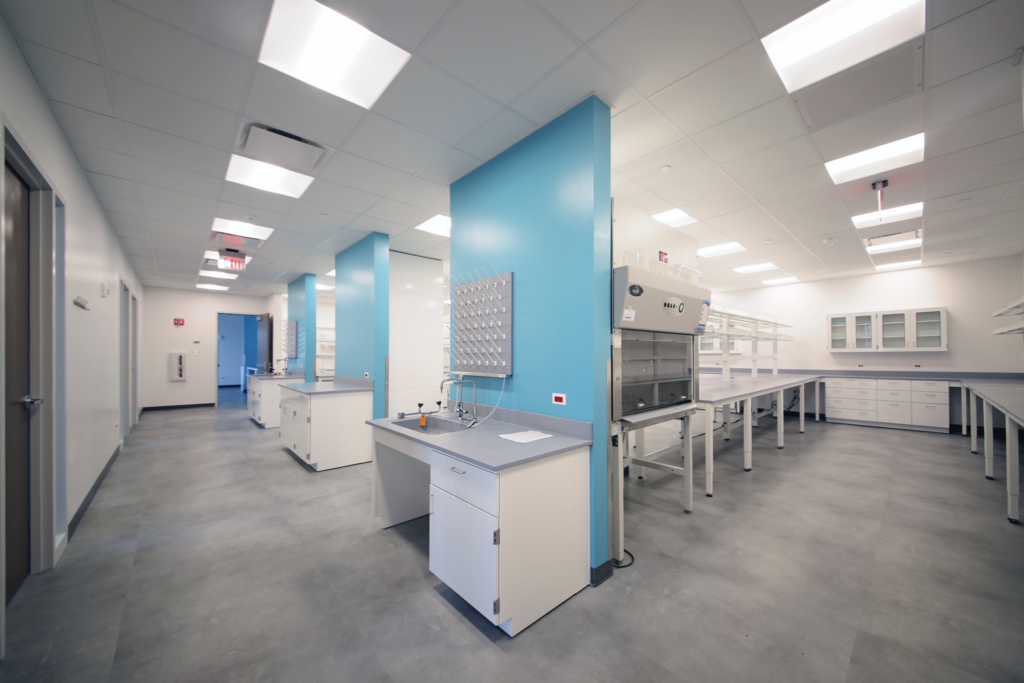
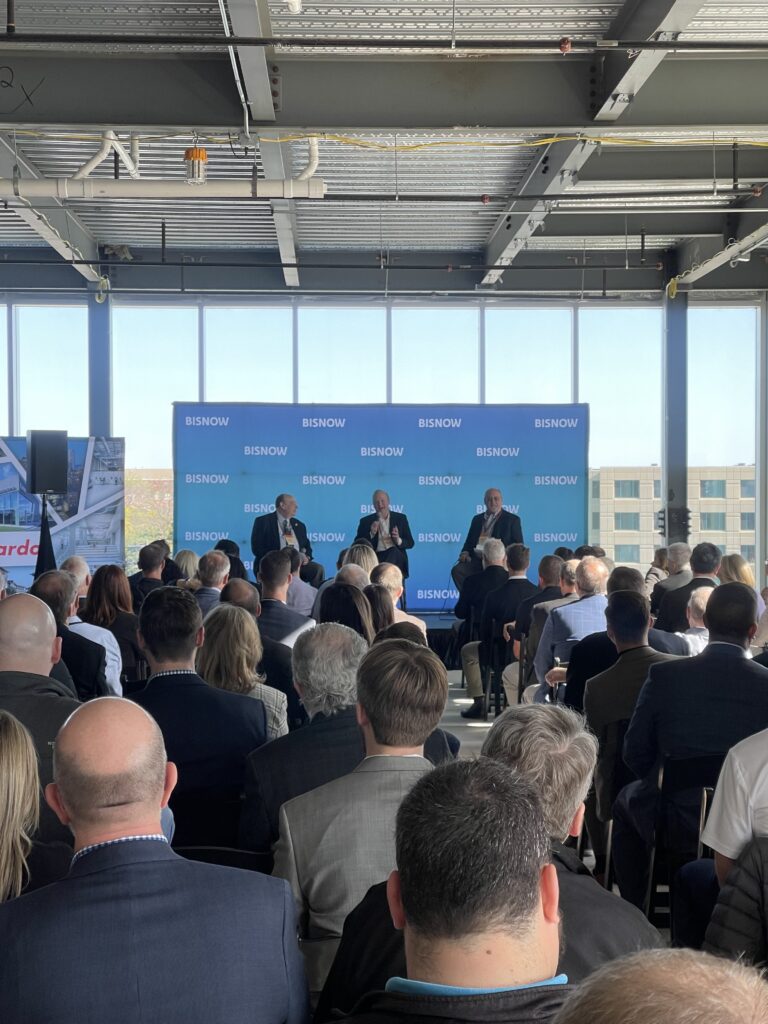
Recent Comments